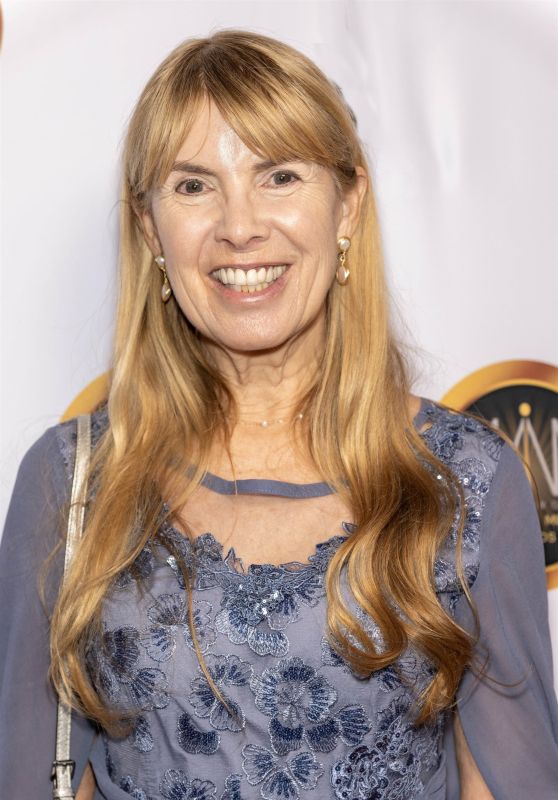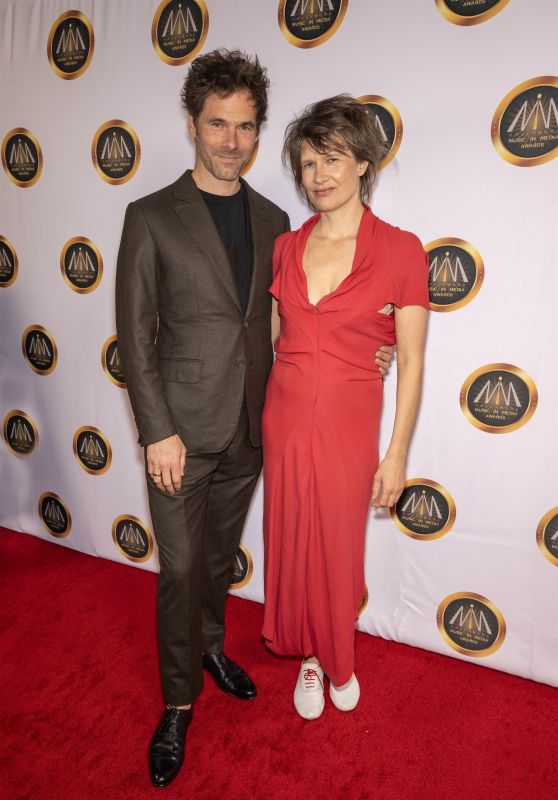Predictably, Monday’s announcement of Quincy Jones’ death was met with a bittersweet mixture of sadness and celebration.
Musicians, fans, celebrities, journalists, and scholars alike took to social media to grieve, share music, and offer assessments of Jones’ outsized legacy. A multi-dimensional talent, Quincy Jones spent nearly eight decades honing the ability to impact every step of the music-making process, from composition to production and beyond. Experimenting freely within various genres, the many changes and adaptations of Jones’ career both dovetailed with and, in many instances, acted as a catalyst for some of the major shifts in American popular music.
Quincy Jones was born on the Southside of Chicago in 1933. His father, Quincy Jones Sr., and his mother, Sara Frances Wells, divorced after Wells was institutionalized for schizophrenia. When his father remarried and relocated to Bremerton, Washington, Jones discovered music and began playing trumpet at around age 12. By the mid-1940s, America’s greatest cultural invention—jazz—was in the midst of a wholesale revolution. While the swinging big bands of the 1930s were still popular and commercially viable, musicians like Charlie Parker, Thelonious Monk, Kenny Clarke, and Dizzy Gillespie were reshaping the very building blocks of jazz, breaking the music down and reforming its harmonic, melodic, rhythmic characteristics and rethinking the music’s intent and presentation.
Rather than choose a side in jazz’s great upheaval of the 1940s, Jones remained open to it all, absorbing and studying the sounds of the beboppers and following around the legendary big bands led by Duke Ellington, Cab Calloway, Jimmie Lunceford, and his future mentor and collaborator, Count Basie. Like many great musicians before and after him, jazz was Jones’ foundation but not his final destination. Throughout his illustrious career, Quincy Jones traversed the imagined lines dividing jazz, pop, rock, gospel, rhythm & blues, hip-hop, and beyond. The music that he left behind tells a story of innovation and discovery. His music and the process by which he made it reminds us that curiosity and adaptability are art forms in themselves and cultivating them will reap endless gifts.
These are the ways in which Quincy Jones changed music.
1. Pioneered merging jazz with other genres
By the early 1950s, Jones was a budding arranger, playing trumpet and writing arrangements in vibraphonist Lionel Hampton’s band. In his 2001 autobiography, Q, Jones glowingly spoke of his time with Hampton and its effect on his writing. “I learned a lot in Hamp’s band, writing arrangements eight bars at a time under any piano I could find, or in kitchens and in hotel rooms, trying them out on his band. It was the best school in the world,” he wrote.
The novel approaches Quincy took
One of Jones’ early writing credits was the dark, and seductive chart he wrote for Hampton’s 1951 single “Eli, Eli.” Full of dramatic rests and imbued with a foreboding atmosphere, “Eli, Eli” has a cinematic quality that is predictive of the elaborate film scores that Jones would produce later. In 1953, the young trumpet virtuoso Clifford Brown recorded his take on Jones’ composition “Wail Bait.” a joyous bebop tune that showcased Jones’ gift at writing for both small and large ensembles. During this time Jones’ jazz writing was full of novel appropriations from other genres. He incorporated classical-style counterpoint in his jazz work, writing pieces in which two or more melodic lines play together simultaneously. He also incorporated Latin rhythms in compositions like “Mau Mau”, recorded by the Art Farmer Septet in 1953.
In addition to his work with Brown and Hampton, Jones spent the 50s composing and arranging for a who’s who of jazz legends like GiGi Gryce, Art Farmer, Dinah Washington, and James Moody. With this experience writing jazz arrangements and compositions for stage and the studio, Jones would build upon those skills throughout the decades, composing in a variety of styles. But for his next step, he made the move to bring his talents to the silver screen.
2. Expanded our notion of what a film score could sound like
If for some reason, Quincy Jones’ career began and ended in the realm of film scoring, history would remember him as one of the greats. Having brought a distinctly modern jazz approach to his film scores, Jones’ impact on the form cannot be overstated. His run from 1965’s The Pawnbroker to 1970’s They Call Me Mr. Tibbs! includes nearly two dozen film scores that incorporate everything from dramatic, orchestral jazz to funk. By combining popular Black musical styles the blues, funk, and R&B with classical and jazz, Jones’ work expanded our notion of what a film score could sound like. The main title theme of “Call Me Mr. Tibbs” is a dynamic orchestral funk tune while The Italian Job’s score incorporated everything from jazz to the blues and Western classical. At a time when most composers did not dare to be as eclectic, Jones proved that popular music styles were more than serviceable components to use in film scoring. In 1972, Jones recorded “Sanford & Son Theme (The Streetbeater),” the opening theme for the Redd Foxx TV comedy Sanford & Son. With its bouncy groove and deliriously infectious melody, the Sanford & Son theme reunited jazz with juke joint-style blues and funk. To this day, it remains one of the greatest and most instantly recognizable themes in television history.
Quincy Jones’ game changing work on Roots, The Wiz, and The Color Purple
Jones’ drive to remain in touch with Black music’s roots and shape its cutting edge, manifested itself in his arrangements for a trilogy of beloved Black classics: Roots (1977), The Wiz (1978), and The Color Purple (1985). An ambitious TV miniseries based on Alex Haley’s 1976 novel, Roots traced the lineage of a family from Gambia, West Africa, across the middle passage, through slavery and emancipation. Jones’ score for the miniseries was colorful and imaginative, combining jazz and classical music with traditional African music. For The Wiz, Jones created arrangements of Charlie Smalls and Luther Vandross songs for the popular Black-surrealist reimagining of The Wizard of OZ. Joyful, inventive, and soulful, the film’s version of songs like “Home” and “Ease on Down the Road” have since become standards in Black pop culture. And then in 1985, Jones orchestrated the score for Steven Spielberg’s film adaptation of the classic Alice Walker novel, The Color Purple. Jones’ ambitions as a composer and arranger shine as he seamlessly melds jazz, classical, and the blues with Black church music. Despite the effort required to create these soundtracks, the scope of Jones’ genius during this period did not end on the screen. Shockingly, at the same time he was creating so many impressive scores, Jones was also moonlighting as the world’s most successful pop music producer.
3. Helped bring a level of complexity to massive pop music
Quincy Jones made his farthest-reaching impact on music producing pop records. Jones’ had been adding his touch and sensibility to hit pop records since Lesley Gore’s 1963 smash “It’s My Party,” a song that is catchy as it is ubiquitous. Throughout the ‘60s and ‘70s, Jones alternated between the roles of writer/arranger, producer, and composer for film and TV. Toward the end of 1978, Jones was recruited into a cadre of musicians to work on one of the greatest albums ever made.
Quincy Jones’ partnership with Michael Jackson
The following year, Michael Jackson’s Off The Wall was released, solidifying Jackson and Jones as the most powerful duo in popular music. Off The Wall’s runaway success was only surpassed by 1982’s Thriller, a blockbuster of an album that has sold 70 million copies to date and left an indelible mark on pop music. A lean and hit-packed opus, Jones explained that his role as producer was to refine Thriller down to its most impactful essence. In Quincy, the 2018 Netflix documentary about his life and career, Jones gives an insight into this process. “The making of Thriller in a little more than two months was like riding a rocket. Everything about it was done at hyperspeed. Rod Temperton, who also wrote several of the album’s songs, and I listened to nearly 600 songs before picking out a dozen we liked.” The notion that a jazz musician could produce pop records that were so musically complex yet commercially successful was not a foregone conclusion. Thriller and Off The Wall were twin achievements that would forever define Quincy and Michael’s careers and partnership.
4. Merged jazz with hip-hop early
As hip-hop made its ascent as the predominant expression of black popular culture in the ‘80s, Quincy Jones made several sincere attempts to incorporate it into his work and meet the next generation halfway. While many of his peers in jazz were rejecting hip-hop, Jones embraced it with his pioneering fusion of jazz and hip-hop on albums like 1989’s Back On The Block and 1995’s Q’s Jook Joint.
Expansive view of the genre
Entrepreneurial endeavors like VIBE Magazine, his label Qwest Records, and the music video streaming platform, Qwest TV, spoke to Jones’ willingness to champion the music and its many forms.
Quincy Jones’ story is a reflection of the resilience and malleability of Black music. The catalog of work that Jones left behind will be enjoyed, covered, sampled, and celebrated for years to come. His preternatural talent has enriched our lives for decades and now the world is poorer in his absence.
 2 weeks ago
5
2 weeks ago
5
![Jessica Spencer at Samantha Kenny Lemon Lunar Launch Party in Liverpool [11-22-2024]](https://celebmafia.com/wp-content/uploads/2024/11/jessica-spencer-at-samantha-kenny-lemon-lunar-launch-party-in-liverpool-11-22-2024-2_thumbnail.jpg)
![Kiernan Shipka on “Watch What Happens Live” [11-21-2024]](https://celebmafia.com/wp-content/uploads/2024/11/kiernan-shipka-on-watch-what-happens-live-11-21-2024-11_thumbnail.jpg)
![Joey King at SAG Screening of “We Were the Lucky Ones” [11-22-2024]](https://celebmafia.com/wp-content/uploads/2024/11/joey-king-at-sag-screening-of-we-were-the-lucky-ones-11-22-2024-8_thumbnail.jpg)
![Miranda Lambert Brings Her Country Charm to the 58th Annual CMA Awards [11-20-2024]](https://celebmafia.com/wp-content/uploads/2024/11/miranda-lambert-brings-her-country-charm-to-the-58th-annual-cma-awards-11-20-2024-9_thumbnail.jpg)


![Tameka ‘Tiny’ Harris Brings Holiday Cheer to BET’s ‘The Day Before Christmas’ Premiere in Atlanta [11-21-2024]](https://celebmafia.com/wp-content/uploads/2024/11/tameka-tiny-harris-brings-holiday-cheer-to-bet-s-the-day-before-christmas-premiere-in-atlanta-11-21-2024-3_thumbnail.jpg)


![Alice Pagani at H&M Studio dînatoire [11-20-2024]](https://celebmafia.com/wp-content/uploads/2024/11/alice-pagani-at-h-m-studio-dinatoire-11-20-2024-2_thumbnail.jpg)










 English (US) ·
English (US) ·